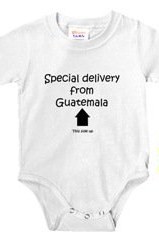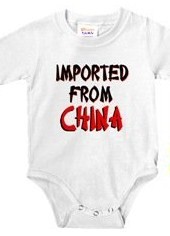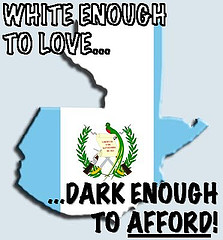This year tens of thousands of Central American children, fleeing violence and poverty, have been arriving in the U.S. seeking refuge. It’s a stunning story that has been covered widely in the media and Americans’ opinions about immigration have taken a hit.
The Pew Research Center collected data regarding American leniency toward undocumented immigrants in February and July, before and after media coverage of this crisis began. The results show that members of all political parties, on average, are less inclined to allow “immigrants living in U.S. who meet certain requirements” to stay legally (see far right column).
The strongest opponents are Republicans and members of the Tea Party. These groups were more opposed to enabling undocumented immigrants to stay legally to begin with and they showed the greatest change in response to this new crisis.
Republicans and Independents are also more likely than Democrats to think that we should speed up the deportation process, even if it means deporting children who are eligible for asylum.
Lisa Wade, PhD is an Associate Professor at Tulane University. She is the author of American Hookup, a book about college sexual culture; a textbook about gender; and a forthcoming introductory text: Terrible Magnificent Sociology. You can follow her on Twitter and Instagram.











